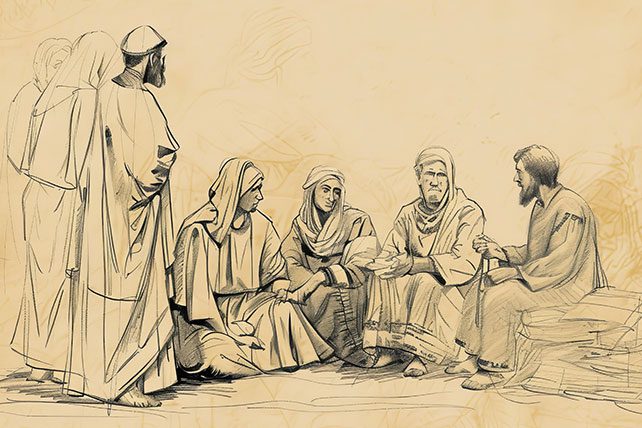The early church, described in the New Testament—especially the Book of Acts—provides a powerful glimpse into how the first followers of Jesus lived, worshiped, and impacted their communities. These believers didn’t rely on big budgets, elaborate buildings, or entertainment-driven events. Instead, they cultivated a vibrant and sacrificial community rooted in faith, obedience, and love. Today, as churches around the world navigate cultural shifts, declining attendance, and the challenges of modern life, looking back at early church practices can help us rediscover a more faithful and fruitful way of being the Church. Here are nine early church prctices that remain relevant—and necessary—for Christians today.
Early Church Practices
1. They devoted themselves to the apostles’ teaching
Acts 2:42 tells us that the early believers were steadfast in learning from the apostles. This wasn’t casual engagement with Scripture; it was a daily pursuit of truth. Today’s church often competes with a flood of media and opinions, but anchoring ourselves in sound biblical teaching remains essential. Whether through sermons, Bible studies, or personal devotions, the church must prioritize clear, gospel-centered doctrine.
2. They practiced radical generosity
The early church shared resources in a way that confounds modern economics. Acts 4:34–35 notes that there were no needy among them because people sold property and gave the proceeds to those in need. This kind of sacrificial giving went far beyond tithing—it was a communal expression of love. Today’s Christians can learn to open their hands and hearts, practicing a generosity that reflects God’s abundant grace.
RELATED: The Hard Work of Grace
3. They gathered regularly in homes
While public worship in temple courts occurred, Acts 2:46 also emphasizes breaking bread together in homes. The home church was not just a backup plan—it was the heart of early Christian fellowship. In an age of large sanctuaries and digital streaming, the church can reclaim the intimacy and spiritual depth of home-based discipleship. Small groups, meal fellowships, and neighborhood prayer meetings mirror this model effectively.
4. They prayed constantly
Prayer wasn’t a filler in the early church—it was a lifeline. The believers prayed together in unity and often waited on the Lord before making decisions (Acts 1:14; Acts 13:2–3). Today’s church must shift from relying primarily on planning, programs, and productivity to being led by the Spirit through persistent prayer. Revival, wisdom, and unity all flow from a praying church.
Find more early church practices on page two . . .

